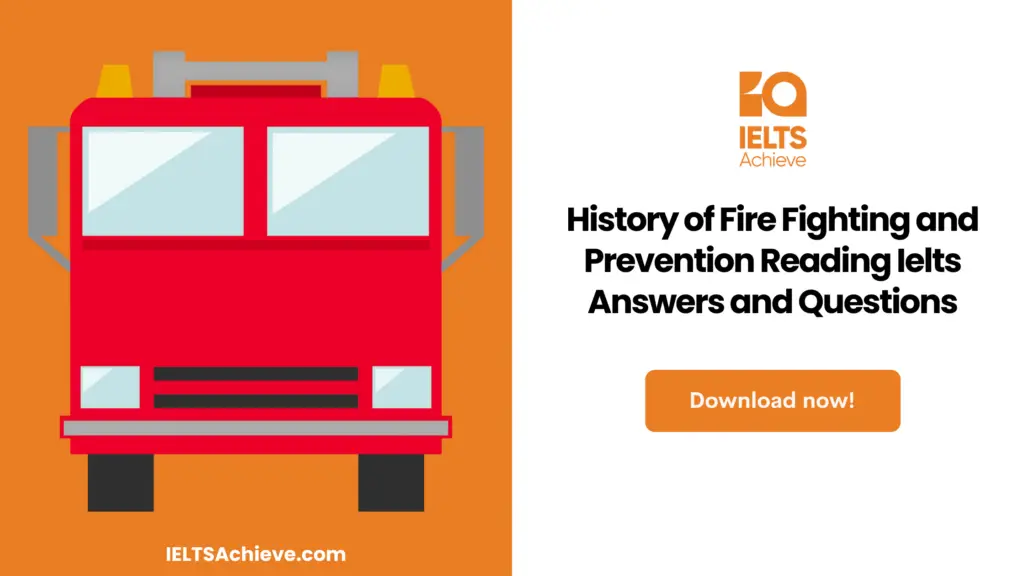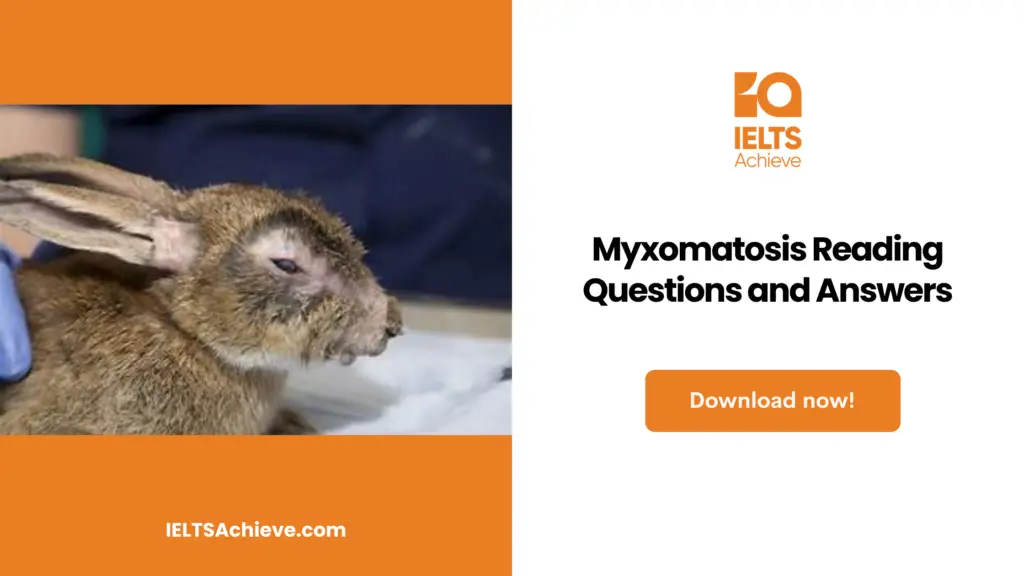The Blog post contains the following IELTS Reading Questions:
- IELTS reading sentence completion
- IELTS reading summary completion
- IELTS reading yes/no/not given

IELTS reading passage – Autumn Leaves
Autumn Leaves
One of the most alluring natural events of the year in many areas throughout North America is the leaves falling during autumn. They come in beautiful colours. But the question is why some trees turn yellow or orange, and others red or purple. This is something that has confused scientists for a long time.
During summers, leaves are green because they are filled with chlorophyll, the molecule that uses sunlight to convert energy into new building materials for the tree. When fall starts in the northern hemisphere, the solar energy reaching the surface reduces considerably. Except for evergreen conifers many trees stop photosynthesis till the spring starts. So instead of making food for the leaves, the tree sheds its leaves and saves its precious resources. Before shedding its leaves, the tree breaks down its chlorophyll molecules and sends the nitrogen back into the branches. When the chlorophyll is exhausted, other colours that have been dominated by the chlorophyll during the summer start to show. This phenomenon explains the yellow and orange colours during autumn, but not the bright red and purple colours found in maple or sumac trees.
The red colour is created by anthocyanins which are water-soluble plant pigments reflecting the spectrum from red to blue. They are a part of a class of sugar-based chemical compounds known as flavonoids. What’s puzzling is that anthocyanins are newly made in the leaves at the time when the tree is preparing to drop them. But the production of anthocyanins does not make sense. Why should a tree try to make new chemicals in its leaves when it’s trying to shed and save the old ones?
Scientists have argued that anthocyanins might act as a chemical defence against attacks by insects or fungi, or that they might attract fruit-eating birds and that it might increase a leaf’s tolerance to freezing. But some problems with these theories include the fact that leaves are red for a very short period of time and that the energy needed to manufacture the anthocyanins is more than any anti-fungal or anti-herbivore activity achieved.
It has also been suggested that trees may exhibit bright red colours to trick herbivorous insects into thinking that they are healthy and would be easily able to create chemical defences against infestation. When the insects pay attention to such things, they are tempted to lay their eggs on a duller, and presumably less resistant host. The fault in the theory lies in the lack of evidence to back it. No one has as yet discovered whether more robust trees sport the brightest leaves, or whether insects make choices according to colour intensity.
The reason behind why leaves take the trouble of making anthocyanins before the winter is the theory known as the ‘light screen’ hypothesis. It sounds contradictory because the idea behind this hypothesis is that the red pigment is produced in autumn leaves to protect chlorophyll in leaves from too much light. But why does it need protection when chlorophyll is the world’s best light absorber? Why does the tree protect the chlorophyll when it is breaking it down to save as much of it as possible?
Even though Chlorophyll is equipped to capture the energy of sunlight, it can sometimes be engulfed by it, especially during droughts, low temperatures, or nutrient deficiency. Moreover, the problem of oversensitivity to light is even more severe during the fall, when the leaf is busy preparing for winter by dismantling its internal machinery. In summer, the energy collected by the chlorophyll molecules of the fragile fall leaf is not instantly channelled into useful products and processes. The weakened fall leaf is then exposed to the severe damages of the oxygen produced by the stimulated chlorophyll molecules.
There are hints everywhere, even if you had no idea what was going on as the leaves turned crimson. On many trees, the leaves on the side of the tree are the reddest and get the most sun. Not only that, the crimson on the upper side of the leaf is brighter. For many years, it has been said that the best conditions for bright red colours are dry, sunny days and cool nights, which are similar to the conditions that make leaves vulnerable to excessive light. Finally, as you travel to the north in the northern hemisphere, trees such as maples become considerably redder. It’s cooler there, they’re more stressed, their chlorophyll is more sensitive, and more sunscreen is required.
The reason why some trees start to produce red pigments while others don’t bother and simply reveal their orange or yellow hues is still unknown. It is not known whether these trees have other ways to dispose to stop being exposed to more light in autumn. This will remain a subtle and complex thing.
Autumn Leaves Reading questions
Questions 1-5
Complete the sentences below.
Choose NO MORE THAN TWO WORDS AND/OR A NUMBERS from the passage for each answer.
1 During summers, leaves are green because they are filled with ________.
2 During fall in the northern hemisphere, the solar energy reaching the surface ________.
3 The red colour in leaves is created by ________ which are water-soluble plant pigments reflecting the spectrum from red to blue.
4 Anthocyanins might act as a chemical defence against attacks by insects or fungi, or that they might attract fruit-eating birds and that it might increase a leaf’s tolerance to ________.
5 In ________ , the energy collected by the chlorophyll molecules of the fragile fall leaf is not instantly channelled into useful products and processes.
Enhance your sentence completion skills in the IELTS Reading section. Click here to access our comprehensive guide and learn effective strategies for filling in missing words or phrases in sentences.
Questions 6-10
Complete the summary below. Write NO MORE THAN TWO WORDS from the passage for each answer.
Autumn is one of the most beautiful seasons of the year in many areas throughout 1________ is the leaves falling during. During this time the tree breaks down its chlorophyll molecules and sends the 2________ back into the branches. Anthocyanins are newly made in the 3________ at the time when the tree is preparing to drop them. The reason why some trees start to produce 4________ while others don’t bother and simply reveal their orange or yellow hues is still unknown. It’s cooler in the North, the trees are more 5________ and their chlorophyll is more sensitive, and more sunscreen is required.
Boost your performance in Summary, Notes, Table, and Flowchart Completion tasks. Click here to explore our detailed guide and learn how to effectively complete summaries, notes, tables, and flowcharts in the IELTS Reading section.
Questions 11-15
YES if the statement agrees with the claims of the writer
NO, if the statement contradicts the claims of the writer
NOT GIVEN if it is impossible to say what the writer thinks about this
11 When fall starts in the northern hemisphere, the sunlight reaching the surface increases.
12 The energy needed to manufacture the anthocyanins is more than any antifungal or anti-herbivore activity achieved.
13 The leaves on the side of the tree are the reddest and get the most sun.
14 In the northern hemisphere, trees such as maples become yellow.
15 Autumn starts during the month of September.
Want to excel in identifying the writer’s views and claims? Click here to explore our in-depth guide on how to accurately determine Yes, No, or Not Given in the IELTS Reading section.
Unlock your full potential in the IELTS Reading section – Visit our IELTS Reading Practice Question Answer page now!
Recommended Questions:
Renewable Energy IELTS Reading Question with Answer
Autumn Leaves Reading Answers
1. Answer: chlorophyll
2. Answer: reduces
3. Answer: anthocyanins
4. Answer: freezing
5. Answer: summer
6. Answer: North America
7. Answer: nitrogen
8. Answer: leaves
9. Answer: red pigments
10. Answer: stressed
11. Answer: No
12. Answer: Yes
13. Answer: Yes
14. Answer: No
15. Answer: Not Given

We hope you found this post useful in helping you to study for the IELTS Test. If you have any questions please let us know in the comments below or on the Facebook page.
The best way to keep up to date with posts like this is to like us on Facebook, then follow us on Instagram and Pinterest. If you need help preparing for the IELTS Test, join the IELTS Achieve Academy and see how we can assist you to achieve your desired band score. We offer an essay correction service, mock exams and online courses.


